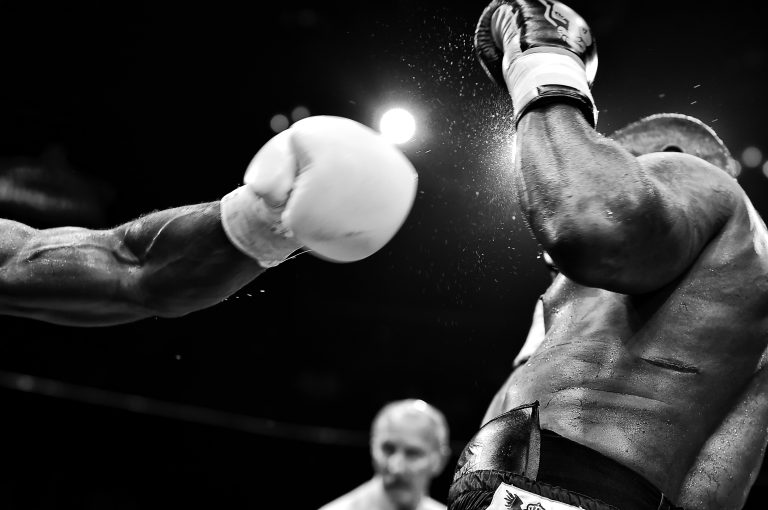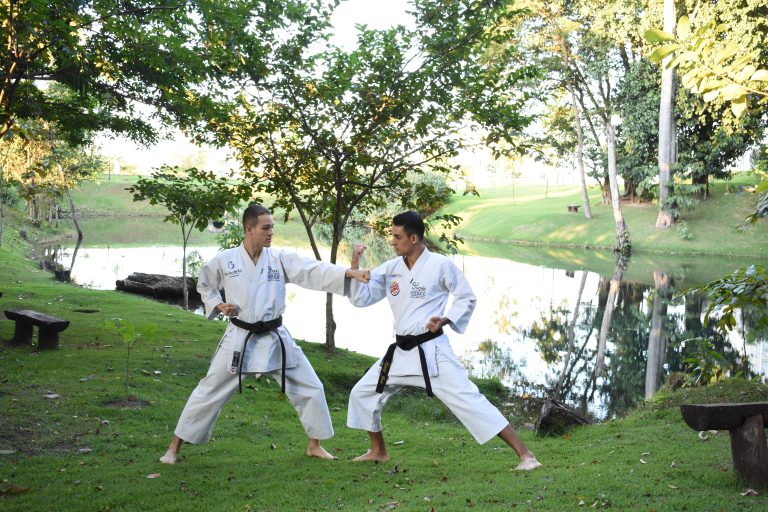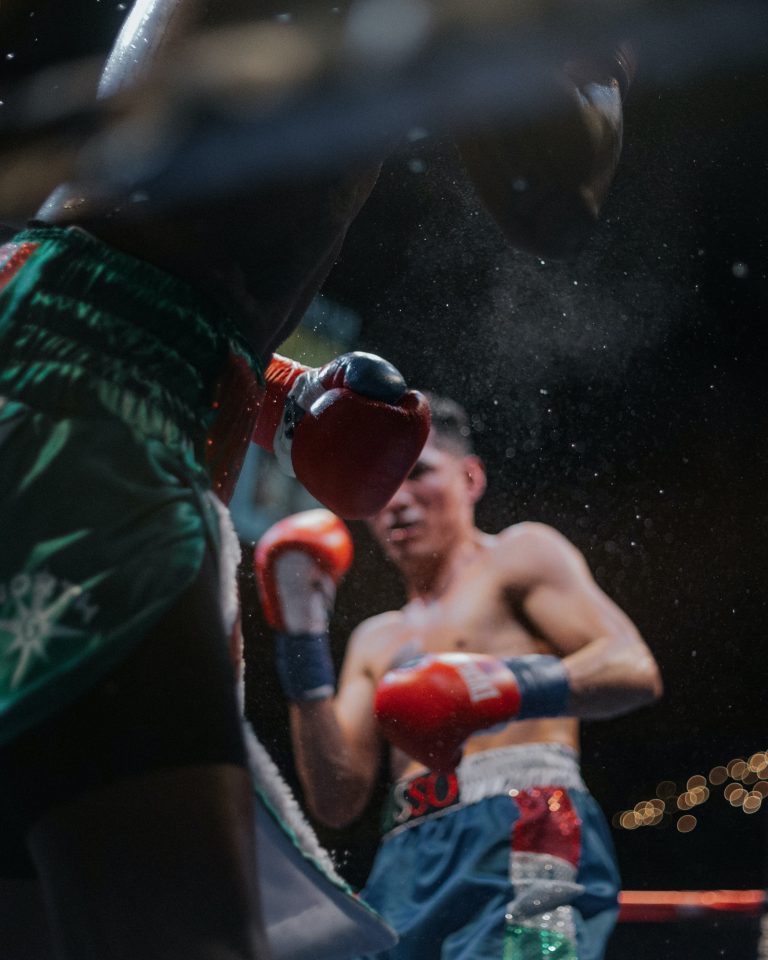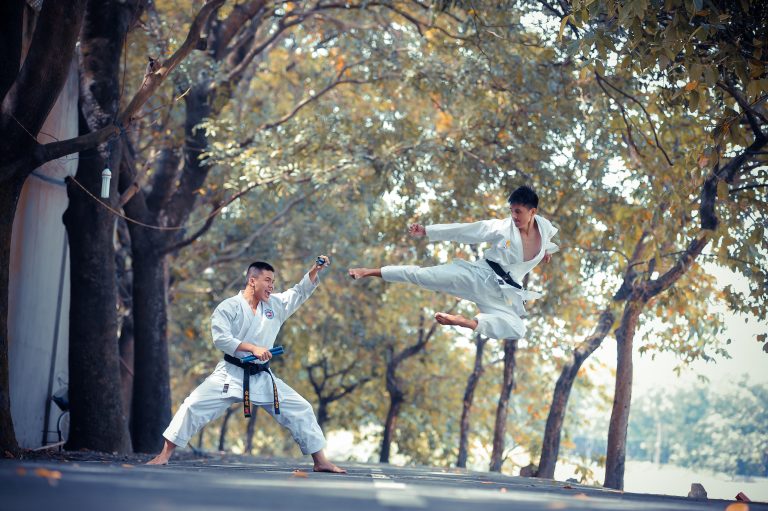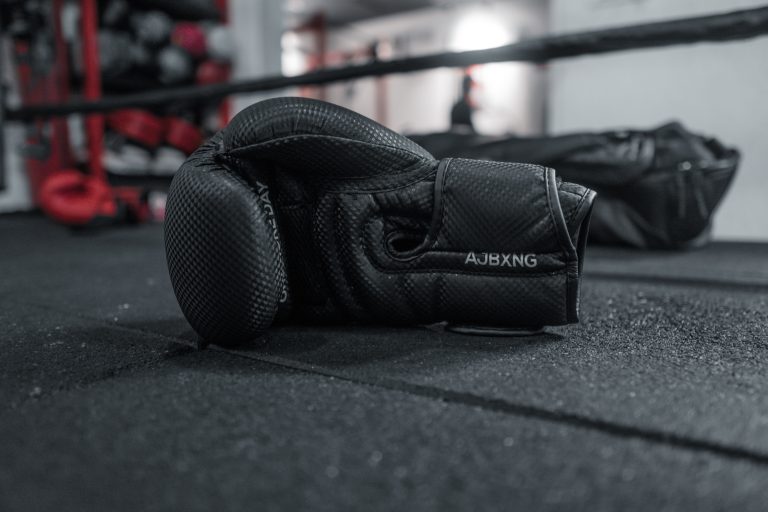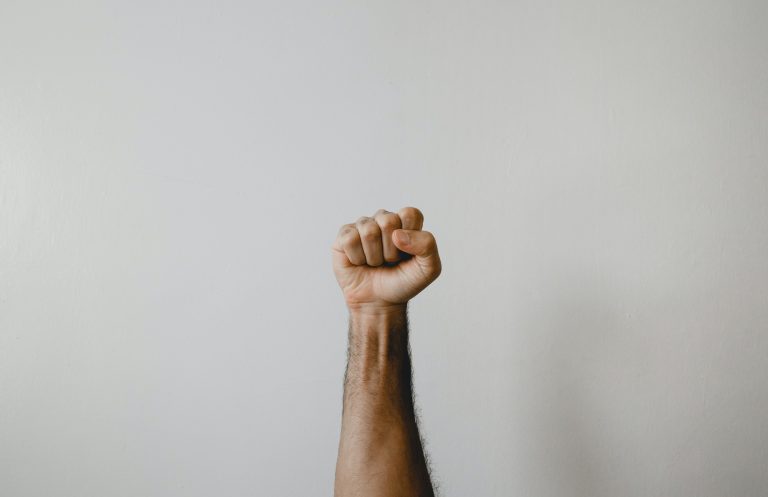How to Control and Improve Your Breathing in Karate Training
Karate is a martial art that requires physical strength, speed, agility, and concentration. One of the most important aspects of karate, however, is breathing. Proper breathing techniques help karate practitioners to control their movements, maintain their energy levels, and avoid injury. In this blog post, we will discuss how to control and improve your breathing in karate training.
The Importance of Breathing in Karate
Breathing is essential in karate because it helps to regulate the flow of oxygen and carbon dioxide in the body. Proper breathing techniques can help you to:
– Control your movements: Breathing helps to coordinate your movements in karate. It allows you to move smoothly and efficiently, rather than getting tense and rigid.
– Maintain your energy levels: Proper breathing helps to increase your endurance and stamina in karate. It provides your muscles with the oxygen they need to function at their best.
– Avoid injury: Breathing helps to prevent injury in karate. When you tense up, you are more likely to strain or pull a muscle. Deep, controlled breathing can help you to relax and avoid injury.
How to Control Your Breathing in Karate Training
There are several breathing techniques that you can use in karate training. Here are some tips on how to control your breathing:
– Breathe from your diaphragm: The diaphragm is a muscle located near your lungs. When you breathe deeply, you should feel your diaphragm expand and contract. This type of breathing helps to increase the flow of oxygen in your body.
– Practice slow, controlled breathing: In karate, it’s important to breathe slowly and steadily. This helps to regulate your heart rate and keep you calm and focused.
– Time your breathing with your movements: Timing your breathing with your movements can help you to coordinate your body and focus your mind. For example, you might inhale as you raise your arm, and exhale as you strike.
How to Improve Your Breathing in Karate Training
Breathing is a skill that you can improve with practice. Here are some tips on how to improve your breathing in karate training:
– Practice yoga or meditation: Yoga and meditation can help to improve your breathing by teaching you how to relax and focus your mind.
– Do aerobic exercise: Aerobic exercise, such as running or swimming, can help to increase your lung capacity and improve your endurance.
– Focus on your breath: During karate training, focus on your breath and try to make it smooth and steady. With practice, you can improve your breathing and become a better karate practitioner.
Conclusion
Breathing is a crucial aspect of karate training. By learning how to control and improve your breathing, you can enhance your performance, reduce your risk of injury, and achieve a greater sense of focus and concentration. Remember to breathe from your diaphragm, practice slow and controlled breathing, and time your breath with your movements. With practice and dedication, you can become a skilled karate practitioner with strong breathing techniques.
How to Control and Improve Your Breathing in Karate Training: The Ultimate Guide
Karate is not just about developing physical strength and technique, it also involves mastering one’s breathing. Controlled and efficient breathing can help a karateka to perform better and longer in their training sessions and competitions. In this post, we will answer some of the most frequently asked questions about how to control and improve your breathing in karate training.
1. Why is breathing important in karate?
Breathing is important in karate because it helps to:
- Regulate the heart rate, preventing exhaustion and fatigue
- Control power output during movements
- Fight stress and anxiety during high-pressure situations such as competitions or belt tests
- Improve focus and concentration
2. How should I breathe during karate training?
It is essential to breathe in and out through the nose during karate training. Breathing through the nose filters the air and warms it before it reaches the lungs. It also helps to regulate the amount of air you inhale and exhale.
When performing a technique, inhale on the preparation phase and exhale on the execution phase. For example, when performing a punch, inhale as you pull the arm back and exhale as you release the punch. This helps to control power output and also ensures that the body is oxygenated throughout the movement.
3. How can I improve my breathing technique?
There are several breathing exercises that you can do to improve your breathing technique. Some of these include:
- Diaphragmatic breathing: Inhale deeply through your nose, allowing your abdomen to expand as much as possible. Hold the breath for a few seconds, then exhale slowly through your mouth.
- Alternate nostril breathing: Close your right nostril with your thumb and inhale through your left nostril. Hold your breath for a few seconds, then close your left nostril with your ring finger and exhale through your right nostril. Repeat with the opposite nostril.
- Breath-hold training: Inhale, hold your breath for as long as possible, then exhale slowly. Gradually increase the duration of the breath hold as your lung capacity improves.
4. How can I control my breathing during high-pressure situations?
Controlled breathing can help to fight stress and anxiety during high-pressure situations such as competitions or belt tests. Here are some tips to help you control your breathing during these situations:
- Visualize yourself performing well: Imagining yourself successfully executing a technique or winning a match can help to calm the mind and reduce stress.
- Focus on your breathing: Take deep, diaphragmatic breaths and focus on the sensation of the air going in and out of your nose. This can help to take your mind off any negative thoughts or distractions.
- Engage in relaxation techniques: Progressive muscle relaxation or meditation can help to calm the mind and reduce stress.
5. How can I know if I am breathing correctly during karate training?
Breathing correctly during karate training can be challenging, especially for beginners. Here are some signs that you are breathing correctly:
- You are not out of breath between techniques or movements
- You are not holding your breath during movements
- You are not experiencing dizziness or lightheadedness
- You are able to maintain a consistent heart rate throughout training
Conclusion
Breathing is a crucial part of karate training. It helps to regulate the heart rate, control power output, fight stress and anxiety, and improve focus and concentration. By following these tips and exercises, you can master your breathing technique and take your karate training to the next level. Remember to always breathe through your nose and exhale during movements, and engage in breathing exercises to improve your technique.
Inhaltsverzeichnis

